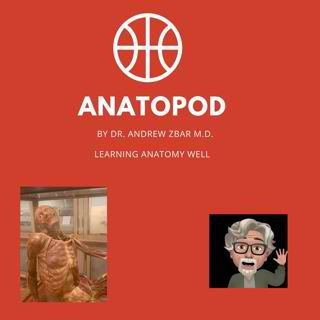Jaksokuvaus
We continue with the second part of the introduction to the history of anatomy and the dissection of the human cadaver. This indeed is the story of anatomy's leading protagonist, the cadaver and of its willing or unwilling dissection in the discovery of the interior of the body. In this introduction I touch on how the Renaissance spirit made its way albeit reluctantly toward the anatomists, why the artists needed to dissect bodies and what was the nature of the Vesalian revolution. The podcast series and its relevant topics are outlined. These include: A brief history of illustrating the corpse, the beginnings of autopsy and the influence of the Papacy, the perfected anatomic realism and the dissecting habits of Leonardo da Vinci and Michelangelo Buonarroti, the nature of the Vesalian revolution in dissection, the birth of science and the philosophy of anatomy, Rembrandt and the anatomy paintings of the Dutch Golden Age, Frederik Ruysch and the preservation of a secret, the Kabinets of curiosity and the establishment of the public museum space, the sibling rivalry of the Hunter Brothers, the genesis of the Anatomy Act of 1832 and the traffic of corpses to the medical schools, the dissecting methods of Henry Gray, Röentgen’s Rays and the new ways of seeing, the BodyWorlds exhibition of Gunther von Hagens and the Artistes Macabre and the genderization of Anatomy. Hmmm... that's quite a lot! So let's get started!
